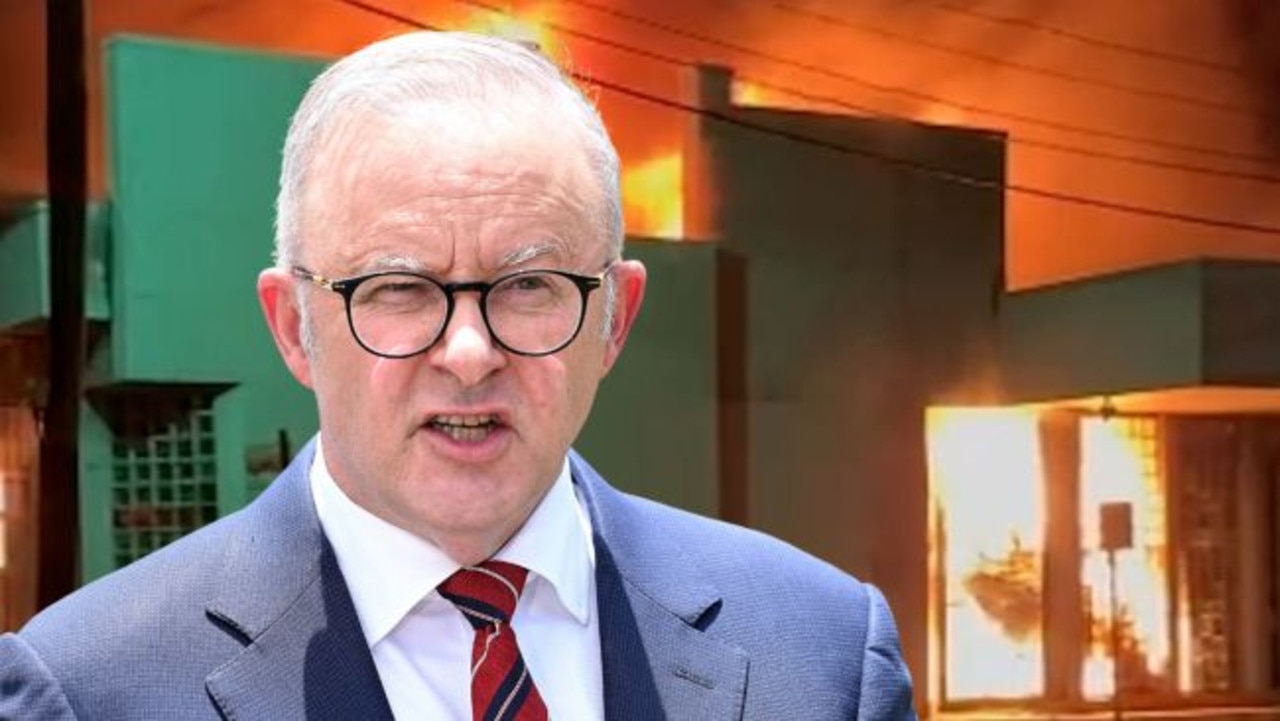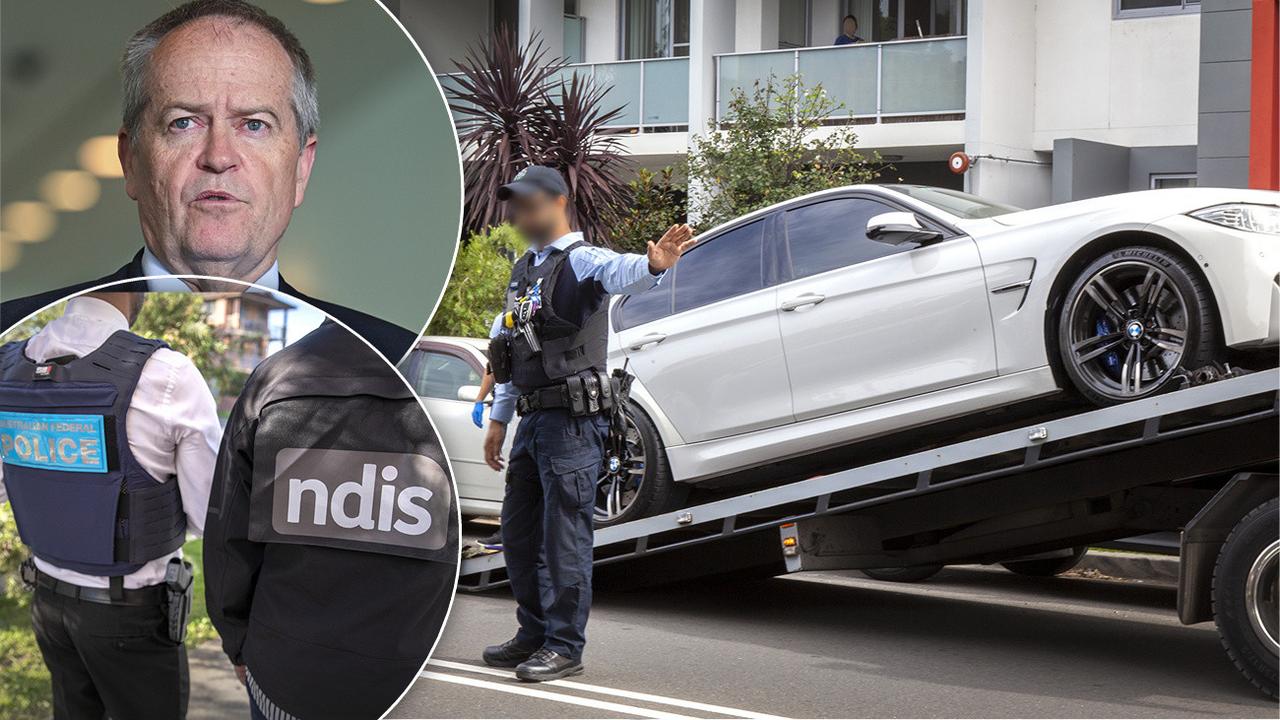Former fire boss warns just 3 weeks of dry weather could make Sydney a tinderbox
While wet weather has put a dampener on Sydney’s Summer, an ex-fire chief has warned it would only take weeks before we are at risk of big fires.
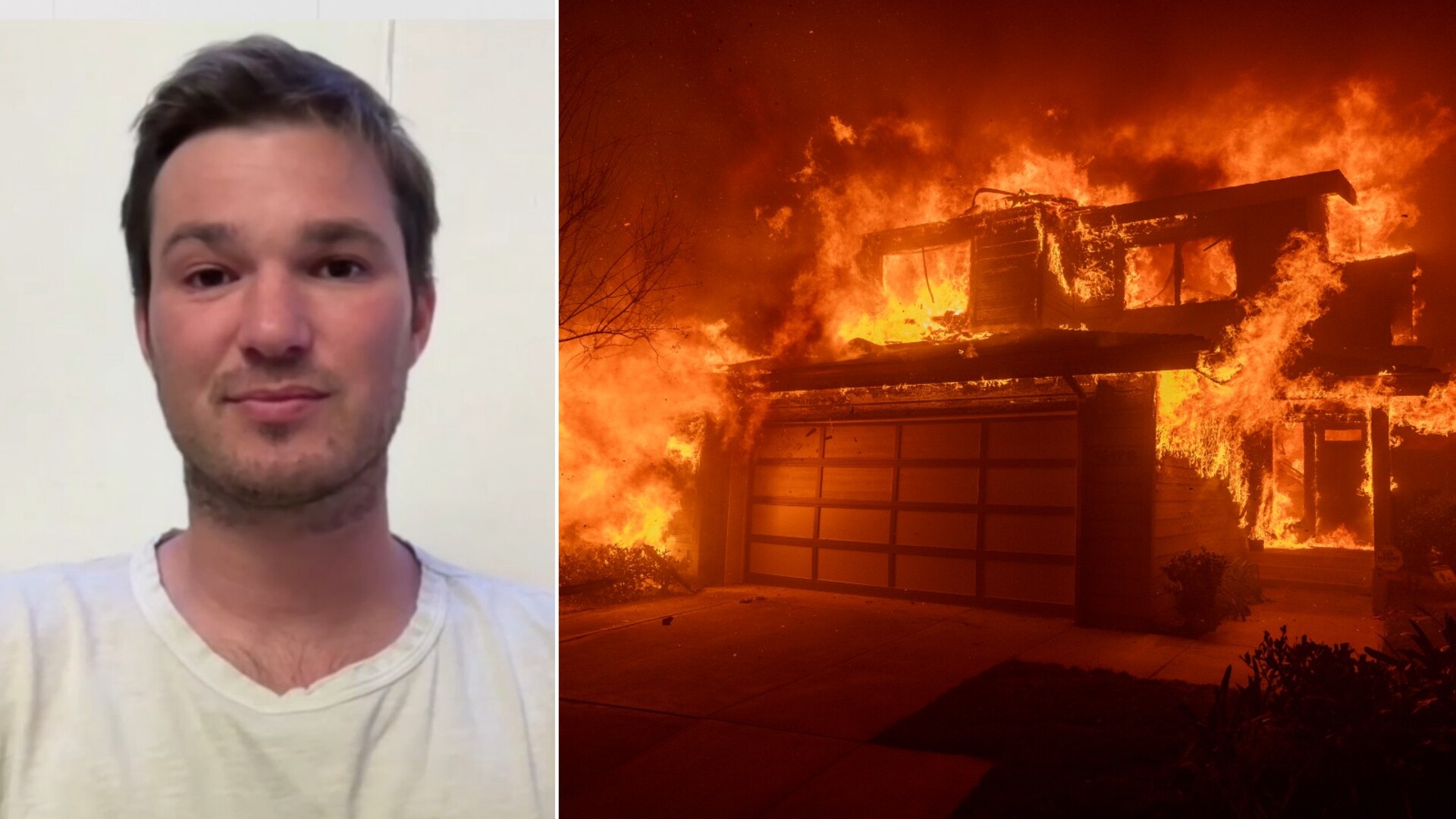
NSW
Don't miss out on the headlines from NSW. Followed categories will be added to My News.
A former fire boss has warned that it would take just three weeks of dry weather to turn Sydney into a bushfire tinderbox.
The Rural Fire Service completed less than half of its hazard reduction targets last financial year, leaving hundreds of thousands of hectares of land uncleared.
The Opposition has blamed Minns government budget cuts for the RFS failing to meet its land clearing targets, calling for a fresh discussion on whether “mechanical clearing” can be used to create fire breaks when fuel is too wet to burn.
In the wake of the deadly wildfires which have devastated parts of Los Angeles, former Fire and Rescue NSW Commissioner Greg Mullins said that Sydney could be at risk of “big fires” in a matter of weeks if the weather turns.
“If it suddenly got hot tomorrow and we started getting dry winds, I’d expect in two weeks we’d be back in territory where we’re worried about big fires. And in three weeks, definitely,” Mr Mullins told The Saturday Telegraph.
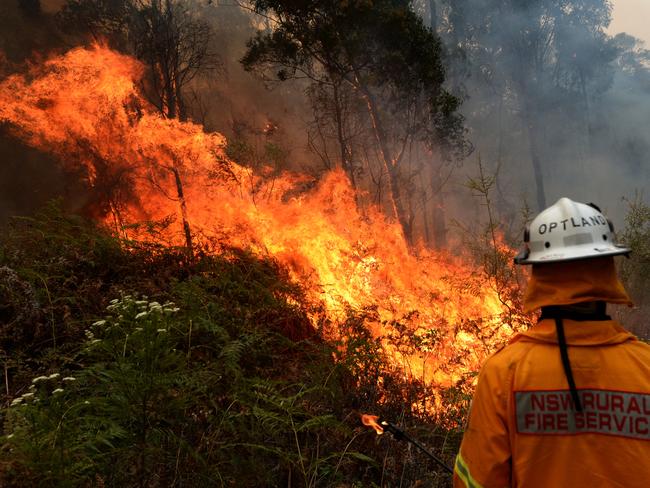
He said that parts of Sydney have “enormous” fuel loads, even in areas that have burnt in the last five years.
“Because of all that rain, the regrowth has been immense,” he said.
In the 2023-24 financial year, the RFS completed just 44 per cent of its work to clear fuel loads, with poor conditions hampering hazard reduction burns.
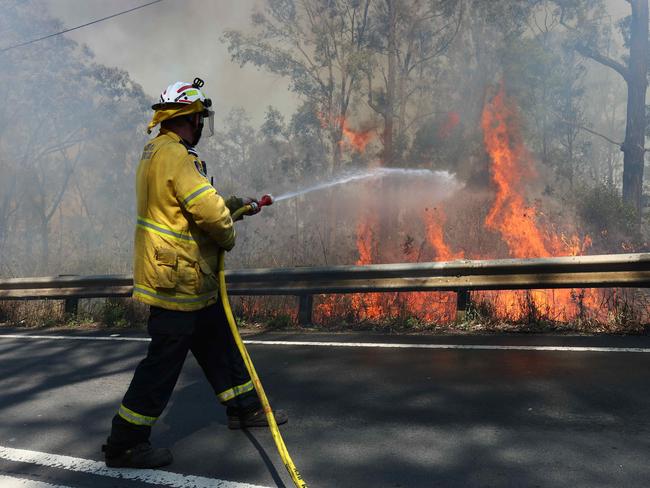
Mr Mullins said no-one was to blame for falling short of landclearing targets, with climate change making hazard reduction increasingly difficult.
“The potential for an LA-style bushfire in Sydney is a live possibility, let alone towns in regional NSW, and we should be prepared at all times,” Opposition Emergency Services spokesman Gurmesh Singh said.
“In the aftermath of 2019/2020, there was a lot of discussion around reducing fuel loads, including increasing levels of mechanical clearing.
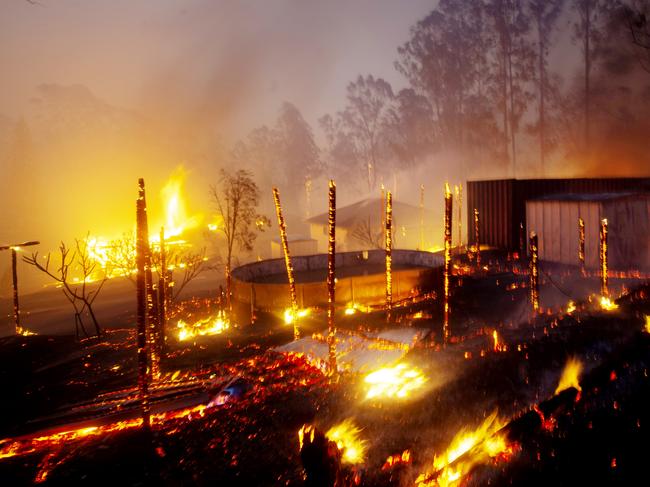
“As we struggle to hit hazard reduction targets year on year, we need to bring this discussion back to the forefront.”
Locals in some fire zones have been campaigning for more mechanical clearing to reduce fuel loads when it is too wet or too hot to complete hazard reduction burns.
Bilpin resident Martin Tebbutt has been in a long-running fight with the local council about an area of crown land on the Bells Line of Road. He said that while the RFS considers the vegetation to be a fire risk, the council has failed to clear the area.
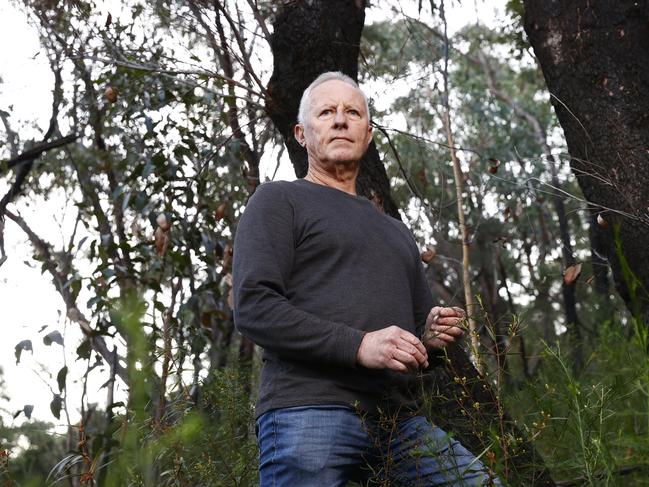
Mr Tebbutt called for authorities to use mechanical clearing, including bulldozers and mulching machines, when hazard reduction burns are impossible.
“Mechanical hazard reduction can be done far more easily than back burns … hazard reduction can be done by one or two contractors sitting in a vehicle, and the weather doesn’t stop them.
“There’s no windows needed,” he said.
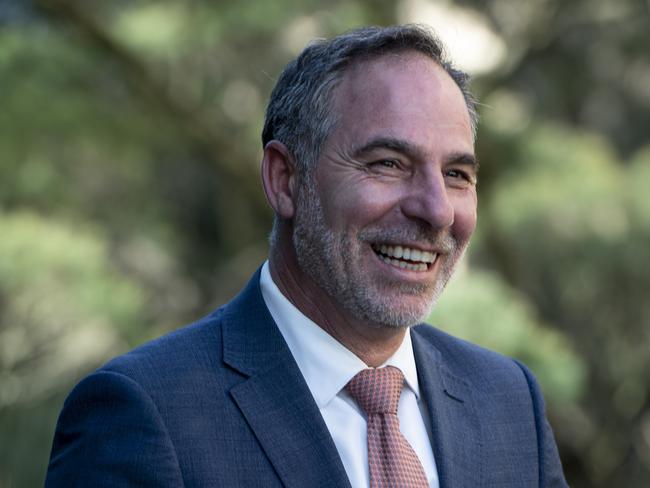
Emergency Services Minister Jihad Dib said authorities were working to better target hazard reduction work to protect the most at-risk areas.
“We’ve had to be strategic, and strategic is saying … let’s focus primarily on the high risk areas, the properties.
“And we’ve done 185,000, or 78 per cent,” he said.
He said mechanical clearing was one method being used.
More Coverage
Originally published as Former fire boss warns just 3 weeks of dry weather could make Sydney a tinderbox




